Vinegar cleaning hacks for home – who knew this humble kitchen staple could be your secret weapon against grime and dirt? I’m always on the lookout for budget-friendly and effective ways to keep my home sparkling, and let me tell you, vinegar has become my go-to solution. Forget those harsh chemicals and expensive cleaners; we’re diving into the world of natural cleaning with the power of vinegar!
Vinegar’s cleaning prowess isn’t exactly a new discovery. In fact, its use dates back centuries! Ancient civilizations, including the Egyptians and Romans, utilized vinegar for everything from preserving food to disinfecting wounds. Talk about a multi-tasker! But in our modern world, we’ve often overlooked this simple solution in favor of commercial products.
Let’s face it, keeping a clean home can feel like a never-ending battle. Between work, family, and everything else life throws our way, who has time to spend hours scrubbing? That’s where these vinegar cleaning hacks for home come in. I’m going to share some of my favorite DIY tricks that will save you time, money, and effort. From tackling stubborn stains to deodorizing your fridge, vinegar can handle it all. So, grab your spray bottle and let’s get cleaning!
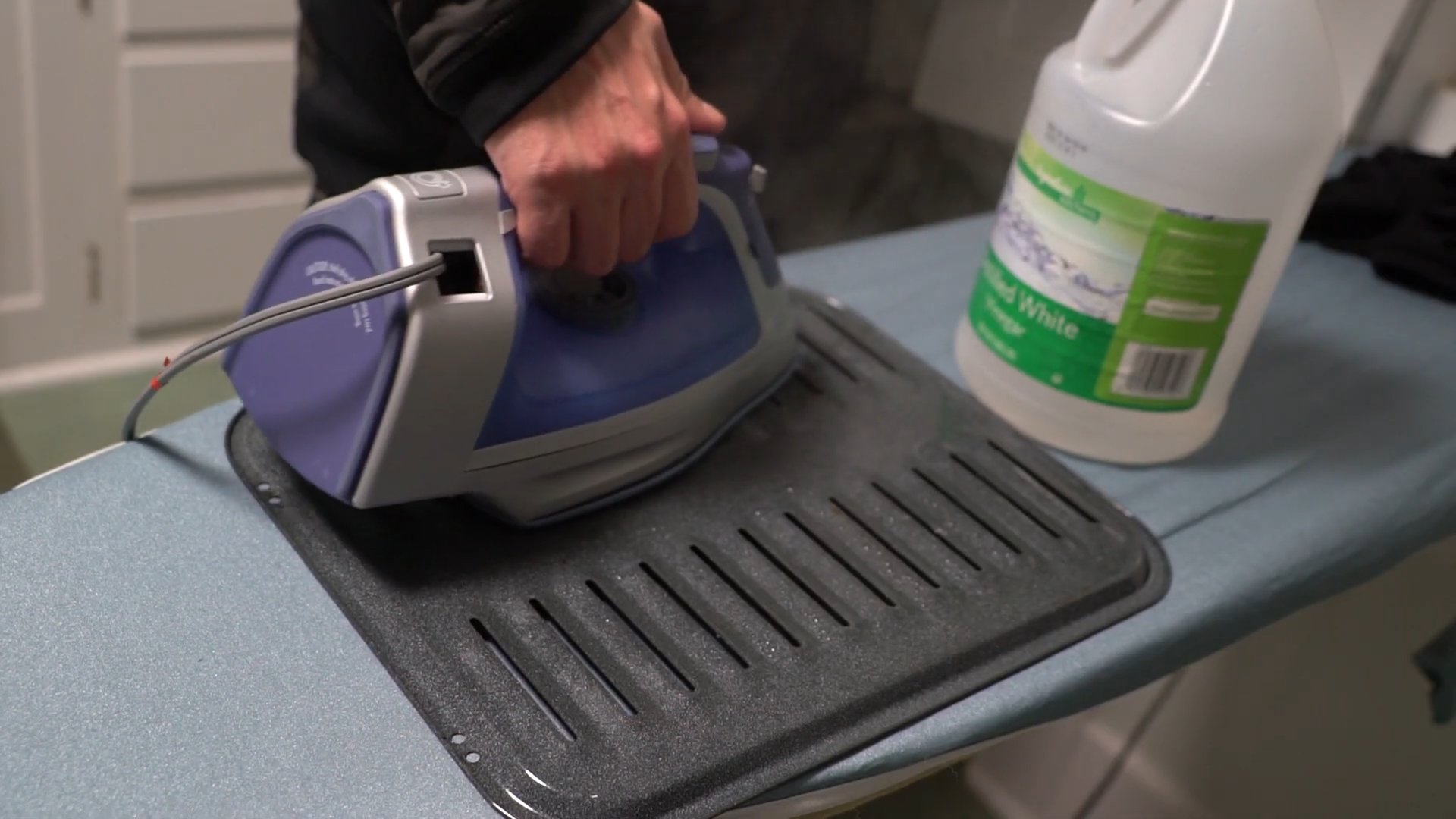
Vinegar Cleaning Hacks: Unleash the Power of This Natural Cleaner!
Hey there, fellow DIY enthusiasts! I’m so excited to share some of my favorite vinegar cleaning hacks with you. Vinegar is seriously a game-changer when it comes to cleaning your home. It’s cheap, effective, and eco-friendly – what’s not to love? I’ve been using vinegar for years, and I’m constantly amazed by its versatility. So, let’s dive in and discover how you can harness the cleaning power of vinegar!
General Vinegar Cleaning Tips
Before we get into the specific hacks, here are a few general tips to keep in mind:
* Dilution is Key: Always dilute vinegar with water, especially when cleaning delicate surfaces. A 50/50 solution is usually a good starting point.
* Test First: Before cleaning an entire surface, test the vinegar solution on a small, inconspicuous area to make sure it doesn’t cause any damage or discoloration.
* Ventilation is Important: Vinegar has a strong odor, so make sure to open windows or turn on a fan when cleaning with it.
* Don’t Mix with Bleach: This is super important! Mixing vinegar with bleach creates toxic fumes that can be harmful to your health.
* Use White Distilled Vinegar: This is the best type of vinegar for cleaning because it’s clear and doesn’t contain any dyes that could stain surfaces.
Cleaning Your Kitchen with Vinegar
The kitchen is often the dirtiest room in the house, but vinegar can help you tackle even the toughest messes.
Cleaning the Microwave
Microwaves can get pretty gross with splattered food and lingering odors. Here’s how to clean yours with vinegar:
1. Prepare the Solution: Fill a microwave-safe bowl with 1 cup of water and 1/4 cup of white distilled vinegar.
2. Microwave the Solution: Place the bowl in the microwave and heat it on high for 5-10 minutes, or until the solution is boiling and the microwave is filled with steam.
3. Let it Sit: Leave the door closed for another 5-10 minutes to allow the steam to loosen any stuck-on food particles.
4. Wipe it Clean: Carefully remove the bowl (it will be hot!) and wipe down the inside of the microwave with a clean cloth or sponge. The grime should come off easily.
5. Dry it Off: Use a dry cloth to wipe away any remaining moisture.
Cleaning the Coffee Maker
Over time, mineral deposits can build up in your coffee maker, affecting the taste of your coffee. Vinegar can help remove these deposits and keep your coffee maker running smoothly.
1. Prepare the Solution: Fill the water reservoir with a 50/50 solution of white distilled vinegar and water.
2. Brew the Solution: Run the coffee maker through a full brewing cycle.
3. Rinse with Water: After the brewing cycle is complete, discard the vinegar solution and fill the reservoir with fresh water. Run the coffee maker through two or three more brewing cycles to rinse away any remaining vinegar.
4. Clean the Carafe: Wash the carafe with soap and water to remove any lingering vinegar smell.
Cleaning the Dishwasher
Your dishwasher can also benefit from a vinegar cleaning. It helps remove food particles, mineral deposits, and odors.
1. Empty the Dishwasher: Make sure your dishwasher is empty before you start.
2. Place Vinegar in a Bowl: Pour 1 cup of white distilled vinegar into a dishwasher-safe bowl and place it on the top rack of the dishwasher.
3. Run a Hot Cycle: Run the dishwasher on a hot cycle without any detergent.
4. Repeat Monthly: Repeat this process once a month to keep your dishwasher clean and fresh.
Cleaning the Sink and Faucet
Vinegar can help remove hard water stains and soap scum from your sink and faucet.
1. Spray with Vinegar: Fill a spray bottle with white distilled vinegar and spray the sink and faucet thoroughly.
2. Let it Sit: Let the vinegar sit for 15-20 minutes to allow it to dissolve the stains and scum.
3. Scrub and Rinse: Scrub the sink and faucet with a sponge or brush, then rinse with water.
4. Shine with a Cloth: Dry the sink and faucet with a clean cloth to make them shine.
Cleaning Cutting Boards
Cutting boards can harbor bacteria, so it’s important to clean them thoroughly. Vinegar is a great natural disinfectant.
1. Wipe with Vinegar: After washing your cutting board with soap and water, wipe it down with white distilled vinegar.
2. Let it Sit: Let the vinegar sit for a few minutes to kill any bacteria.
3. Rinse and Dry: Rinse the cutting board with water and dry it with a clean cloth.
Cleaning Your Bathroom with Vinegar
The bathroom is another area where vinegar can really shine. It’s great for removing soap scum, hard water stains, and mildew.
Cleaning the Showerhead
Showerheads can get clogged with mineral deposits, reducing water pressure. Vinegar can help dissolve these deposits and restore your showerhead’s performance.
1. Fill a Bag with Vinegar: Fill a plastic bag with white distilled vinegar.
2. Secure the Bag: Place the bag over the showerhead, making sure the showerhead is completely submerged in the vinegar. Secure the bag with a rubber band or twist tie.
3. Let it Soak: Let the showerhead soak in the vinegar for at least an hour, or preferably overnight.
4. Remove and Rinse: Remove the bag and rinse the showerhead thoroughly with water.
5. Wipe Clean: Wipe the showerhead with a clean cloth to remove any remaining residue.
Cleaning the Toilet
Vinegar can help remove stains and odors from your toilet bowl.
1. Pour Vinegar into the Bowl: Pour 1-2 cups of white distilled vinegar into the toilet bowl.
2. Let it Sit: Let the vinegar sit for at least an hour, or preferably overnight.
3. Scrub and Flush: Scrub the toilet bowl with a toilet brush, then flush.
Cleaning Shower Doors and Walls
Soap scum and hard water stains can make shower doors and walls look dingy. Vinegar can help remove these stains and restore their shine.
1. Spray with Vinegar: Fill a spray bottle with white distilled vinegar and spray the shower doors and walls thoroughly.
2. Let it Sit: Let the vinegar sit for 15-20 minutes to allow it to dissolve the stains and scum.
3. Scrub and Rinse: Scrub the shower doors and walls with a sponge or brush, then rinse with water.
4. Dry with a Squeegee: Use a squeegee to dry the shower doors and walls to prevent water spots.
Cleaning Grout
Grout can be difficult to clean, but vinegar can help loosen dirt and grime.
1. Make a Paste: Mix white distilled vinegar with baking soda to create a paste.
2. Apply the Paste: Apply the paste to the grout lines.
3. Let it Sit: Let the paste sit for 15-20 minutes.
4. Scrub and Rinse: Scrub the grout lines with a brush, then rinse with water.
Other Vinegar Cleaning Hacks Around the House
Vinegar isn’t just for the kitchen and bathroom. Here are a few other ways you can use it around the house:
Cleaning Windows and Mirrors
Vinegar can leave your windows and mirrors streak-free and sparkling.
1. Prepare the Solution: Mix equal parts white distilled vinegar and water in a spray bottle.
2. Spray and Wipe: Spray the windows or mirrors with the solution and wipe them clean with a microfiber cloth.
Deodorizing Carpets
Vinegar can help neutralize odors in your carpets.
1. Test First: Test the vinegar solution on a small, inconspicuous area of the carpet to make sure it doesn’t cause any discoloration.
2. Spray Lightly: Fill a spray bottle with white distilled vinegar and lightly spray the affected area of the carpet.
3. Let it Dry: Let the carpet dry completely. The vinegar smell will dissipate as it dries.
Cleaning Your Iron
Mineral deposits can build up in your iron, affecting its performance. Vinegar can help remove these deposits.
1. Empty the Iron: Empty any water from the iron.
2. Fill with Vinegar: Fill the water reservoir with a 50/50 solution of white distilled vinegar and water.
3. Steam the Iron: Turn the iron on to the steam setting and steam it over an old towel until the reservoir is empty.
4. Rinse with Water: Fill the reservoir with
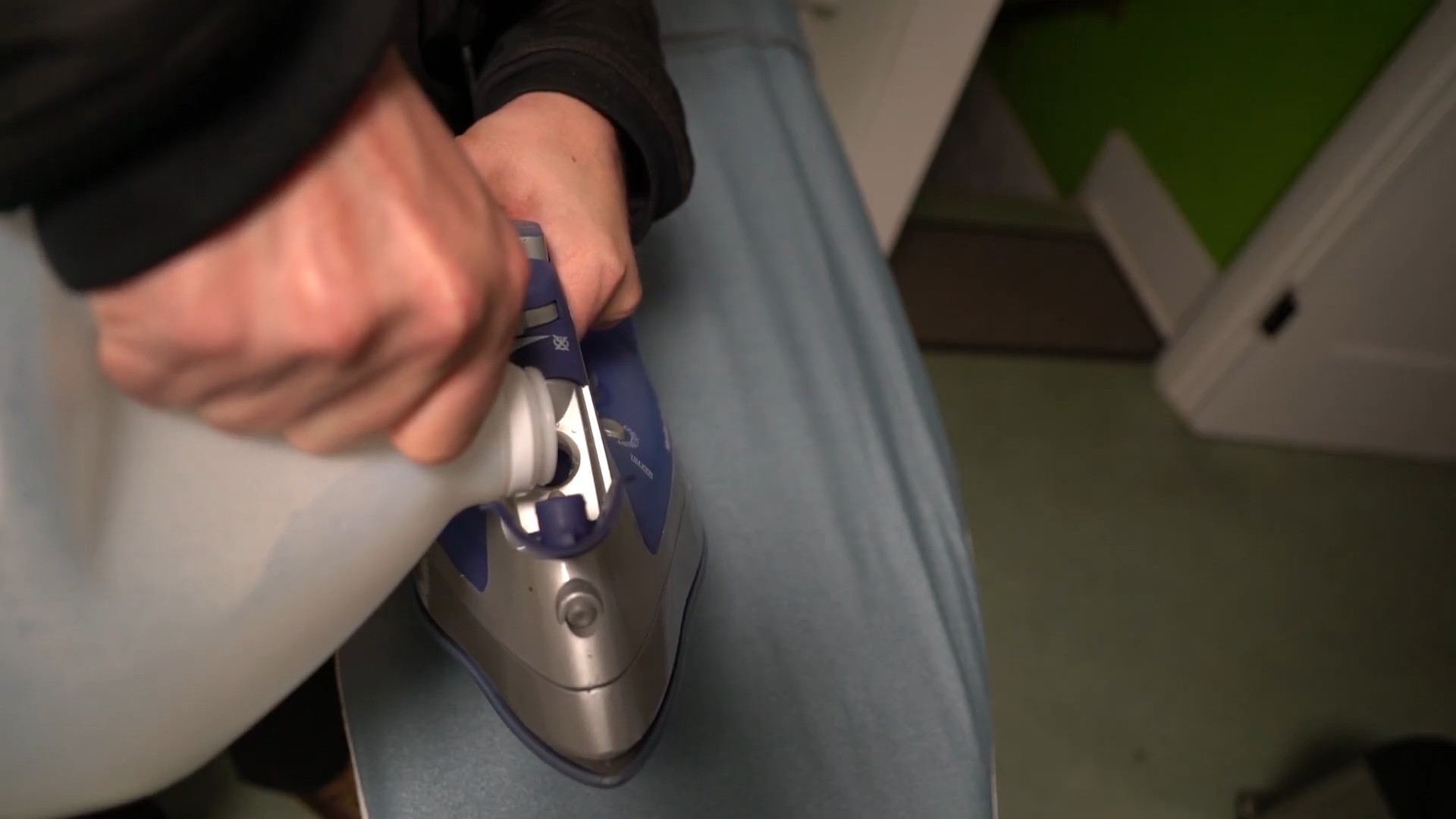
Conclusion
So, there you have it! Unlocking the power of vinegar for a sparkling clean home is not just a trend; it’s a revolution in eco-friendly and budget-conscious cleaning. We’ve explored several incredible vinegar cleaning hacks that prove you don’t need harsh chemicals or expensive products to achieve a spotless and fresh living space. From banishing stubborn hard water stains in your bathroom to degreasing your kitchen surfaces with ease, vinegar offers a versatile and effective solution for a multitude of cleaning challenges.
But why is this DIY approach a must-try? Firstly, it’s incredibly cost-effective. A simple bottle of vinegar is significantly cheaper than a cabinet full of specialized cleaning products. Secondly, it’s environmentally friendly. By opting for vinegar, you’re reducing your reliance on harsh chemicals that can pollute waterways and harm the environment. Thirdly, it’s safer for your family and pets. You can breathe easy knowing that you’re not exposing them to potentially harmful fumes or residues.
Beyond the hacks we’ve already discussed, consider these variations to further customize your vinegar cleaning routine:
* **Infused Vinegar:** Add citrus peels (lemon, orange, grapefruit) to your vinegar for a few weeks to create a naturally scented cleaning solution. This adds a pleasant aroma and enhances the cleaning power.
* **Herbal Vinegar:** Infuse vinegar with herbs like lavender, rosemary, or thyme for a fragrant and antibacterial cleaner. This is perfect for cleaning surfaces in your kitchen or bathroom.
* **Vinegar and Baking Soda Paste:** For particularly stubborn stains or grime, create a paste of vinegar and baking soda. Apply it to the affected area, let it sit for a few minutes, and then scrub away. This is especially effective for cleaning grout or removing baked-on food from cookware.
* **Vinegar as a Fabric Softener:** Add a cup of white vinegar to your washing machine’s fabric softener dispenser for softer, brighter clothes. It also helps to remove detergent residue.
* Vinegar for Pet Odors: Vinegar is a natural odor neutralizer. Use a diluted vinegar solution to clean up pet accidents and eliminate lingering smells. Always test on an inconspicuous area first.
We truly believe that incorporating these vinegar cleaning hacks into your routine will transform the way you clean your home. It’s a simple, effective, and sustainable approach that benefits both your wallet and the environment.
Now, it’s your turn! We encourage you to try these DIY tricks and experience the cleaning power of vinegar for yourself. Don’t be afraid to experiment and find what works best for your home and your specific cleaning needs. And most importantly, we want to hear about your experience! Share your successes, your challenges, and any variations you discover in the comments below. Let’s build a community of vinegar cleaning enthusiasts and help each other create cleaner, healthier homes. Your insights could be invaluable to others who are just starting their vinegar cleaning journey. Let us know which vinegar cleaning hacks worked best for you!
Frequently Asked Questions (FAQ)
Is vinegar safe to use on all surfaces?
While vinegar is a versatile cleaner, it’s not suitable for all surfaces. Avoid using vinegar on natural stone surfaces like marble, granite, and limestone, as it can etch and damage them. It’s also best to avoid using vinegar on waxed wood furniture, as it can strip the wax finish. Always test vinegar on an inconspicuous area before applying it to a larger surface. For delicate surfaces, dilute the vinegar with water to minimize the risk of damage. When in doubt, consult the manufacturer’s instructions for the specific surface you’re cleaning.
What type of vinegar is best for cleaning?
White distilled vinegar is the best choice for cleaning. It’s inexpensive, readily available, and has a high acidity level, making it effective at killing bacteria, dissolving grime, and removing odors. Avoid using other types of vinegar, such as apple cider vinegar or balsamic vinegar, as they can stain surfaces due to their color and sugar content. Cleaning vinegar is also available, which has a higher acidity level than regular white vinegar, making it even more effective for tough cleaning jobs. However, regular white vinegar is usually sufficient for most household cleaning tasks.
How do I get rid of the vinegar smell after cleaning?
The vinegar smell typically dissipates within a few hours. To speed up the process, you can open windows and doors to ventilate the area. You can also add a few drops of essential oils, such as lemon, lavender, or eucalyptus, to your vinegar cleaning solution to mask the vinegar smell. Another option is to boil a pot of water with citrus peels or spices like cinnamon and cloves to freshen the air. Ensure the area is well-ventilated to allow the scent to dissipate quickly.
Can I mix vinegar with other cleaning products?
It’s crucial to avoid mixing vinegar with certain cleaning products, especially bleach. Mixing vinegar with bleach creates chlorine gas, which is highly toxic and can cause serious respiratory problems. Never mix vinegar with ammonia, as this can also create toxic fumes. It’s generally safe to mix vinegar with baking soda, but be aware that this combination will create a fizzing reaction. Use caution when mixing vinegar with other cleaning products and always follow the manufacturer’s instructions. When in doubt, it’s best to use vinegar on its own or with water.
How do I clean my coffee maker with vinegar?
Cleaning your coffee maker with vinegar is a simple and effective way to remove mineral buildup and improve its performance. Fill the water reservoir with a solution of equal parts white vinegar and water. Run the coffee maker through a full brewing cycle. Then, run two or three cycles with fresh water to rinse away any remaining vinegar. This process will help to descale your coffee maker and ensure that your coffee tastes fresh and clean. Repeat this process every few months, or more frequently if you live in an area with hard water.
Can vinegar remove mold and mildew?
Yes, vinegar is an effective natural remedy for removing mold and mildew. Spray undiluted white vinegar onto the affected area and let it sit for an hour. Then, scrub the area with a brush or sponge and rinse with water. Vinegar’s acidity helps to kill mold and mildew spores and prevent them from returning. For stubborn mold or mildew, you may need to repeat the process or use a stronger cleaning solution. Always wear gloves and a mask when cleaning mold and mildew to protect yourself from spores.
How do I clean my microwave with vinegar?
Cleaning your microwave with vinegar is a quick and easy way to remove splatters and odors. Combine equal parts white vinegar and water in a microwave-safe bowl. Microwave the mixture for 5-10 minutes, or until the solution boils and the microwave is filled with steam. Let the bowl sit in the microwave for a few minutes to allow the steam to loosen any stuck-on food. Then, carefully remove the bowl and wipe down the inside of the microwave with a clean cloth or sponge. The steam will have softened the grime, making it easy to wipe away.
Is vinegar safe for septic systems?
Yes, vinegar is generally safe for septic systems. Unlike harsh chemical cleaners, vinegar is a natural substance that won’t harm the beneficial bacteria in your septic tank. In fact, vinegar can even help to break down organic matter and prevent clogs. However, it’s important to use vinegar in moderation and avoid pouring large amounts of it down the drain at once. As with any cleaning product, it’s always a good idea to consult with a septic system professional if you have any concerns.

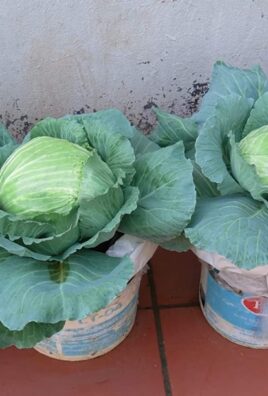
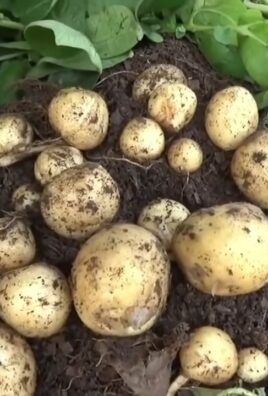
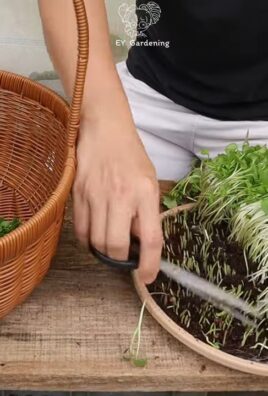
Leave a Comment